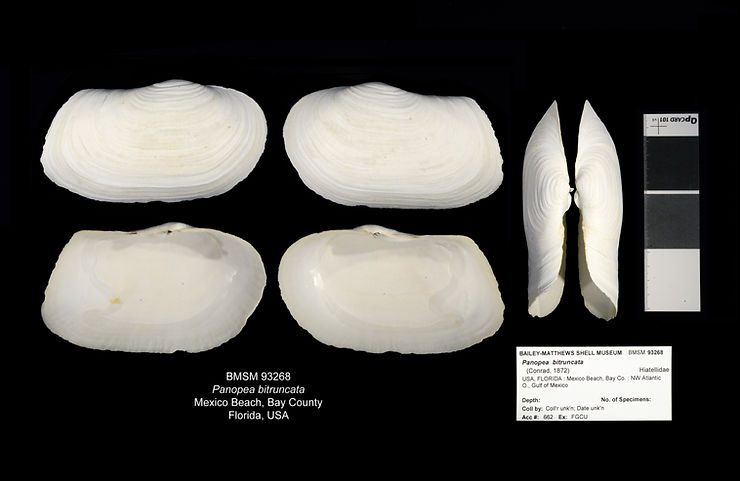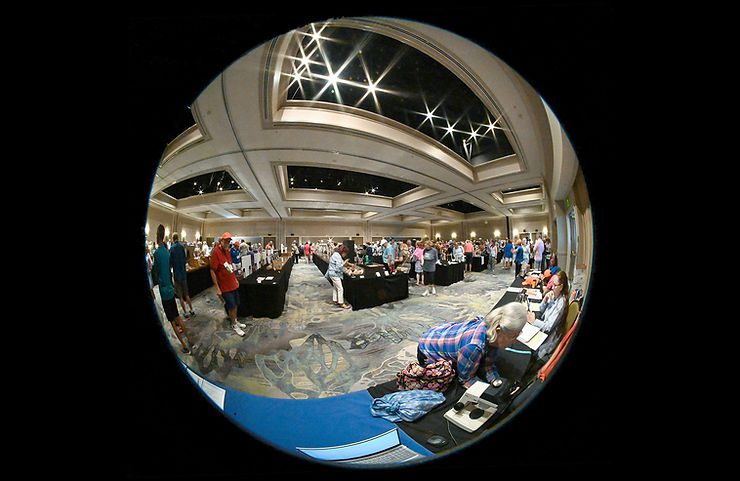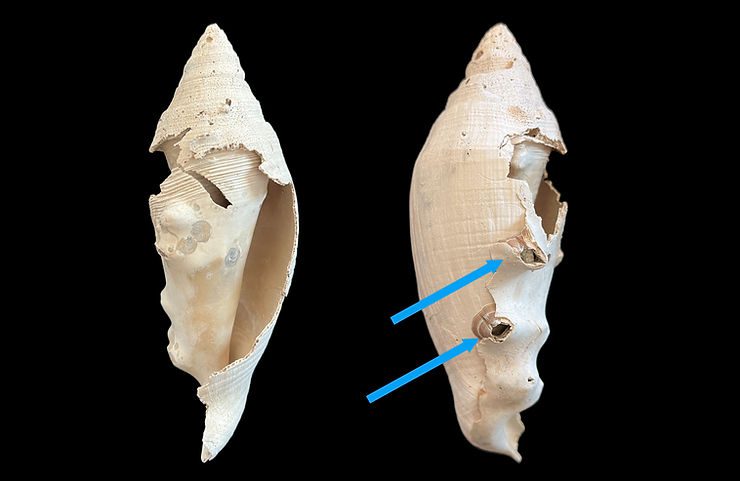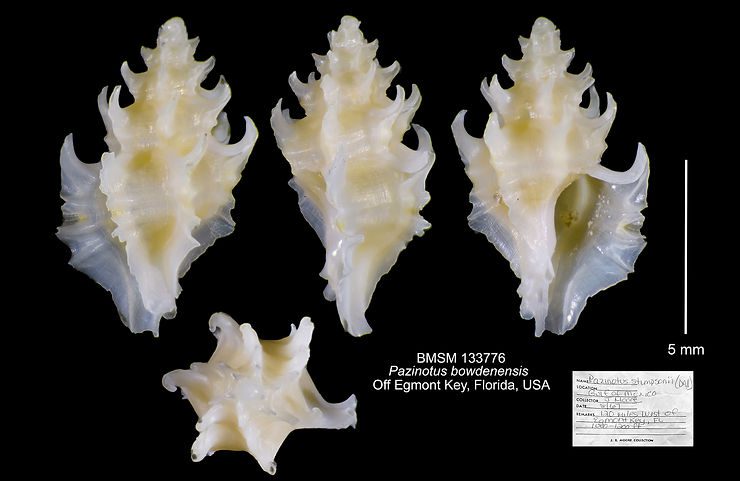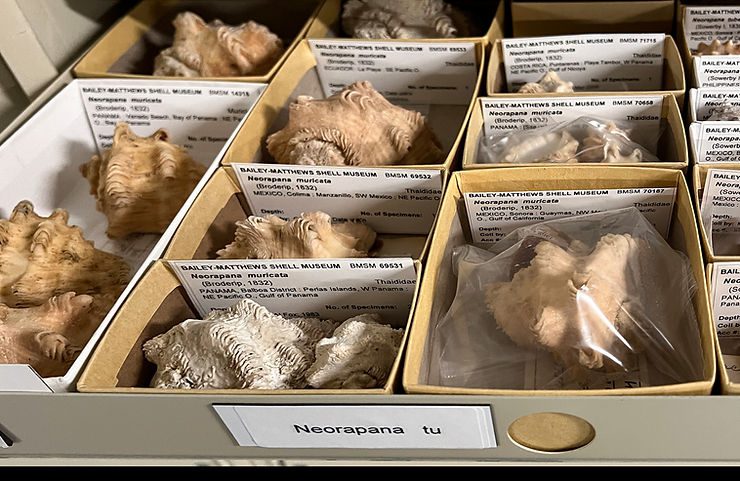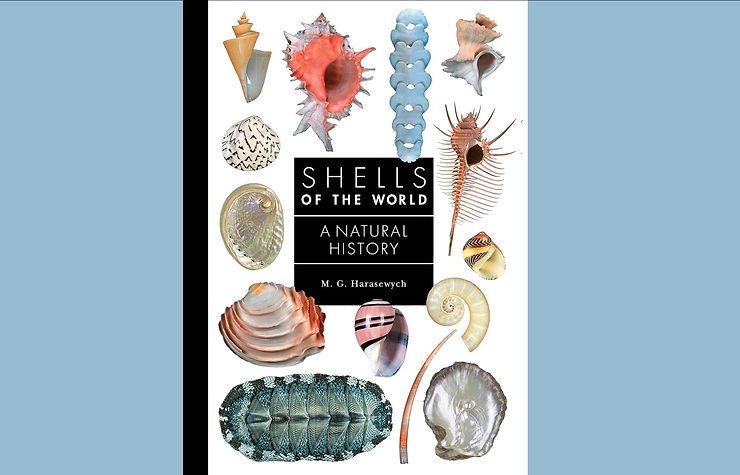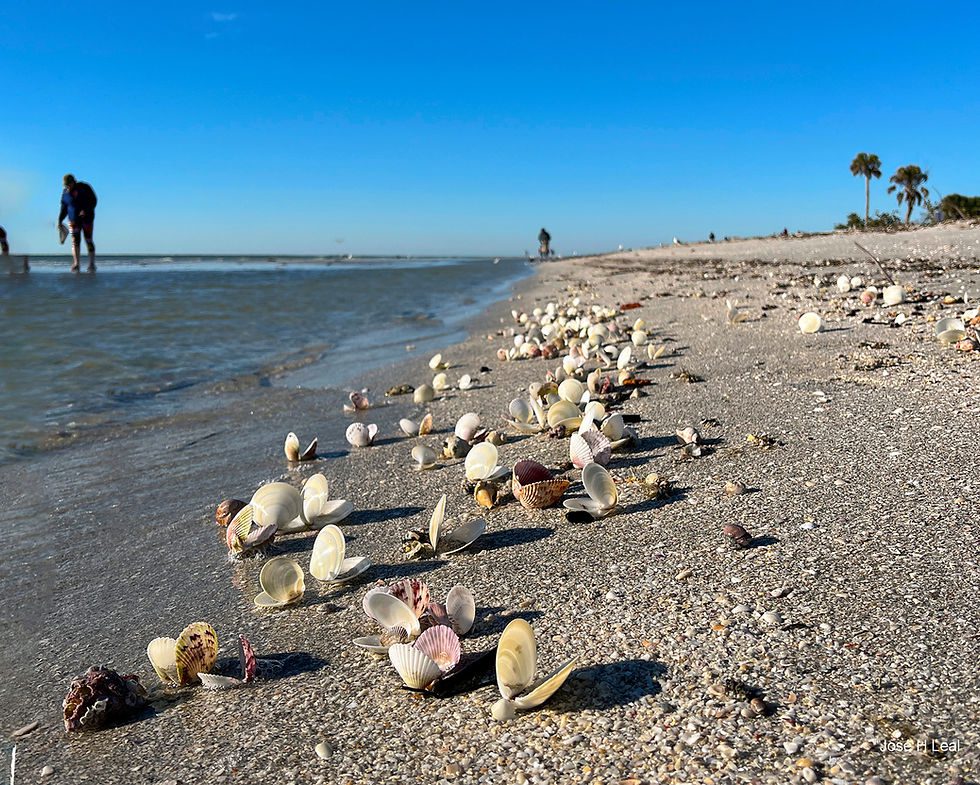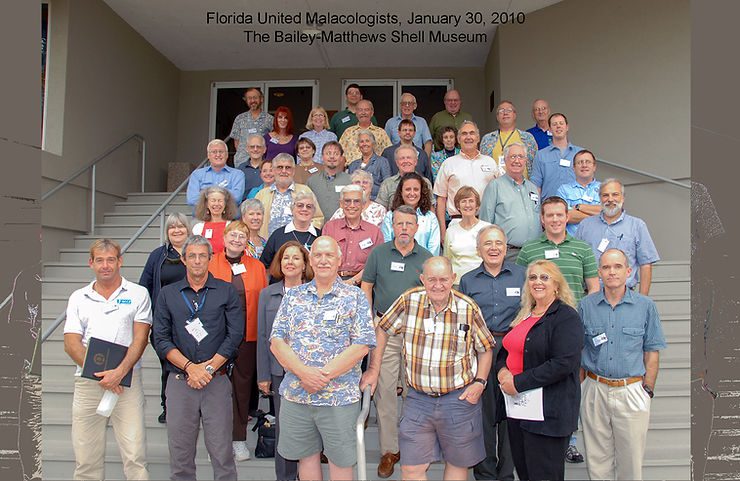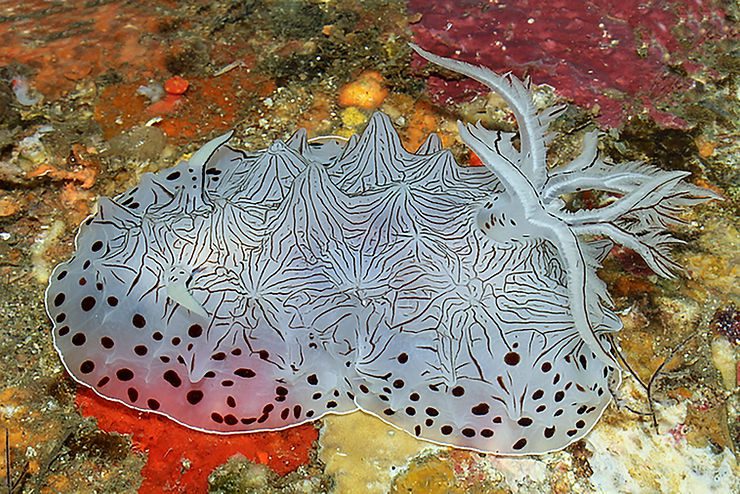
Ten remarkable marine species for 2023: four are mollusks!
The World Register of Marine Species (WoRMS) just released its annual list of the top-ten marine species described during 2023. A call for nominations was announced in December 2023, sent to all editors of WoRMS and editors of major taxonomy journals, and posted openly on the WoRMS website and social media so anyone had the opportunity to nominate their favorite marine species. Nominated species must have been described between January 1st and December 31st, 2023, and have come from the marine e
